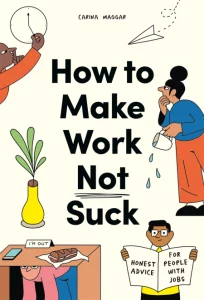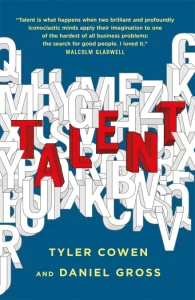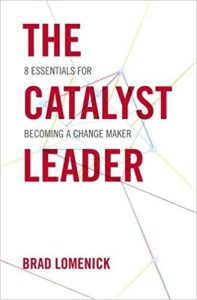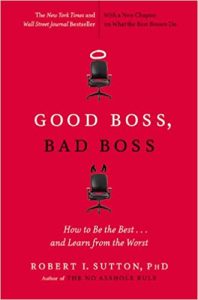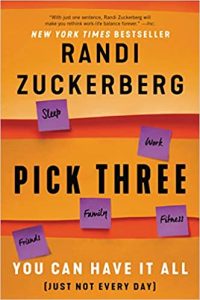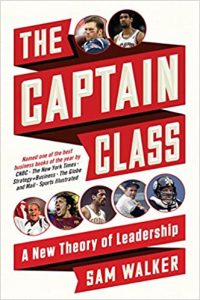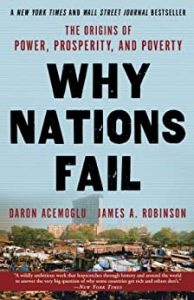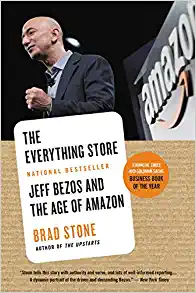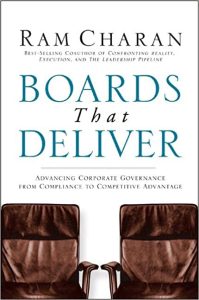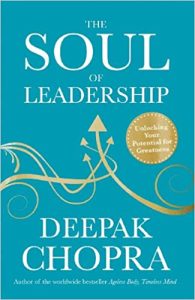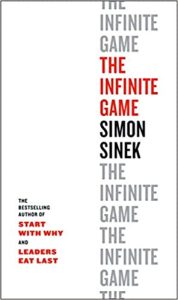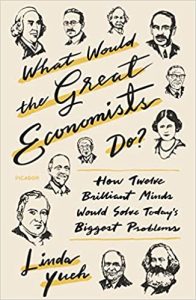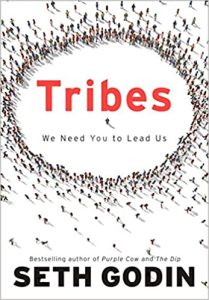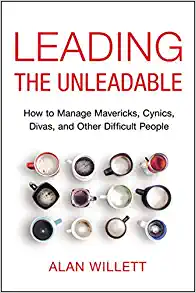How To Make Work Not Suck
₦5,000.00Google doesn’t have the answer
Dream big, plan small
When in doubt, Helvetica
Assumption is the mother of all fuck ups
Stay curious
No one knows what they’re doing, neither should you
In this straight-talking guide to the real world of work, discover genuinely useful advice that will help you find the confidence to go for that promotion, quit your job, break into that industry, nail that pitch or climb over a creative brick wall. With 120 irreverent, unusual but always useful insights, this book will help you reach your career goals.

